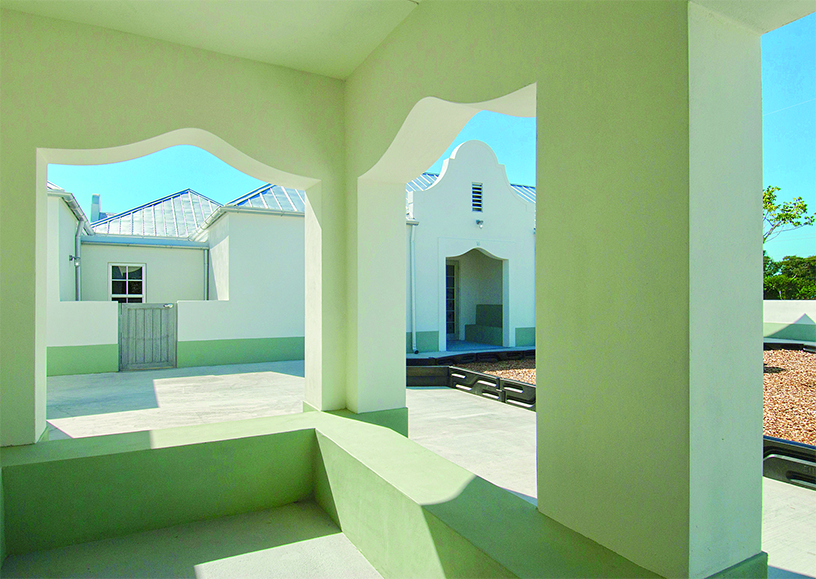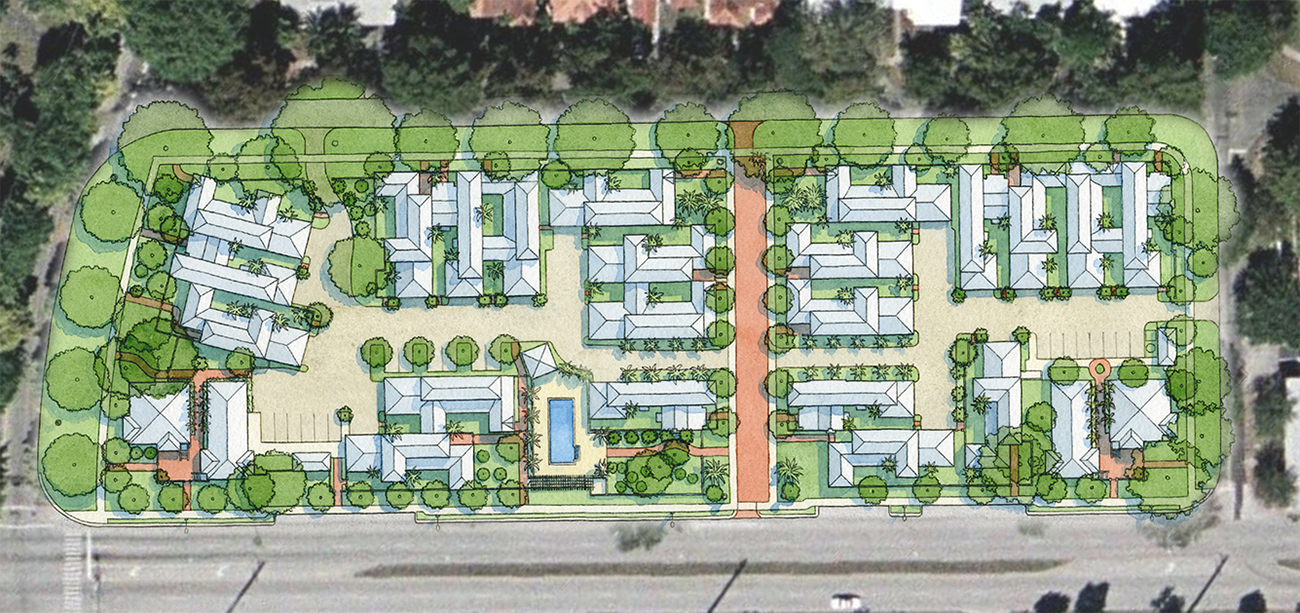
Features
Interview: Andrés Duany on Affordable Housing and Classicism


Andrés Duany, principal of Miami-based DPZ CoDesign and founder of the Congress for New Urbanism, shares his thoughts on how to make affordable housing more “acceptable.” He views Classical architecture as the solution to one obstacle to getting multi-use projects built—namely, warring styles. Following a traditional architectural style, he argues, is the best way to weave affordable housing projects into the fabric of urban centers.
1 What are your key takeaways regarding affordable housing and Classical design?
I’m going to be controversial here. I think style is camouflage, which is effective when overcoming resistance; and there is resistance to mixed-use projects. If style is expressed differently, it is not accepted. For example, think of three side-by-side buildings of different styles and varying functions; they are jarring, and people don’t like it. If everything is done in the same traditional style, on the other hand, people hardly notice there is a difference in usage.
As an Urbanist advocating for diversity and mixed-use development, style is useful—and the same thing goes for affordability. Take, for instance, 14-foot-wide townhouses next to a 70-foot-wide mansion in the same brick Federal style; there is no problem there. Affordable housing can be smaller, but if it doesn’t look different, it will be accepted.
2 What does “affordability by design” look like to you?
First, construction methods are what they are because the building codes determine it. Even the lowest level of construction is pretty high because new code requires things like better insulation and higher-grade windows. There is less choice about the technologies used because the codes are gold-plated now. What remains is the cultural aspect.
Take the standard box, sometimes called “Five, Four and a Door,” and give it a prefab Classical portico—two columns and a pediment—made from fiberglass. That’s about $10,000. That house will sell for $30,000 or more. For me, that’s magic. I spend $10,000 and I profit $20,000—Classicism is a magic potion. And I will use it to make acceptable affordable housing. Because the problem we have with affordable housing is not about cost, it’s about culture. People don’t want things that look like a mobile home or a ranch house. The best way to overcome that is to put a Classical overlay on it.
Don’t get me wrong. I do not think that Classicism is sent down from God himself. I know many traditionalists think it is intrinsically beautiful and virtuous. I don’t. I view it as the only mechanism for building culturally acceptable affordable housing.
Even in more progressive places like Seattle and San Francisco, affordable housing gets blocked—and that’s the problem. Put Classicism on it and see what happens. Of course, the catch is: It doesn’t remain affordable if people really like it, but that is a separate problem.


3 How do you incorporate ornamentation into affordability?
Classical ornamentation is prefabricated. It is the only open-shelf ornamentation system in the United States. If you don’t specify, say, a door jamb or window or gutter, it automatically comes with a Classical profile. Often, the least expensive door, window, or molding is Classical. People think Classicism is expensive, but it doesn’t have to be.
4 Can you talk about some of your related initiatives that are in development?
The mobile home industry, which provides much of the affordable housing in this country—for as little as $40 to $50 per square foot—is desperately in need of good design. I believe the Classicist crowd should work with the mobile home industry. It is profitable and the industry needs us. We are starting to pay attention to that. What’s needed is decent profiles. We must help improve the look of the products being used. It’s about taking materials that have an excellent performance rating but a dismal aesthetic presentation and applying our talent to it, like Steve Mouzon, a Classicist, did. He is the reason materials like HardiePlank fiberboard siding have better, thicker profiles. We need to do more of that.
We don’t need any more Classical mansions. Doing good traditional houses has been done. Let’s challenge architects to take on the industry and improve everything for everybody. The thing about my initiatives is that they are not what anybody else is doing. That’s why they are initiatives. I am not purporting the same old stuff. We’ve got to move forward. My generation’s responsibility was to revive Classical architecture, and we did that. The mission of the younger generations can’t be to simply follow us. They need a new mission.








